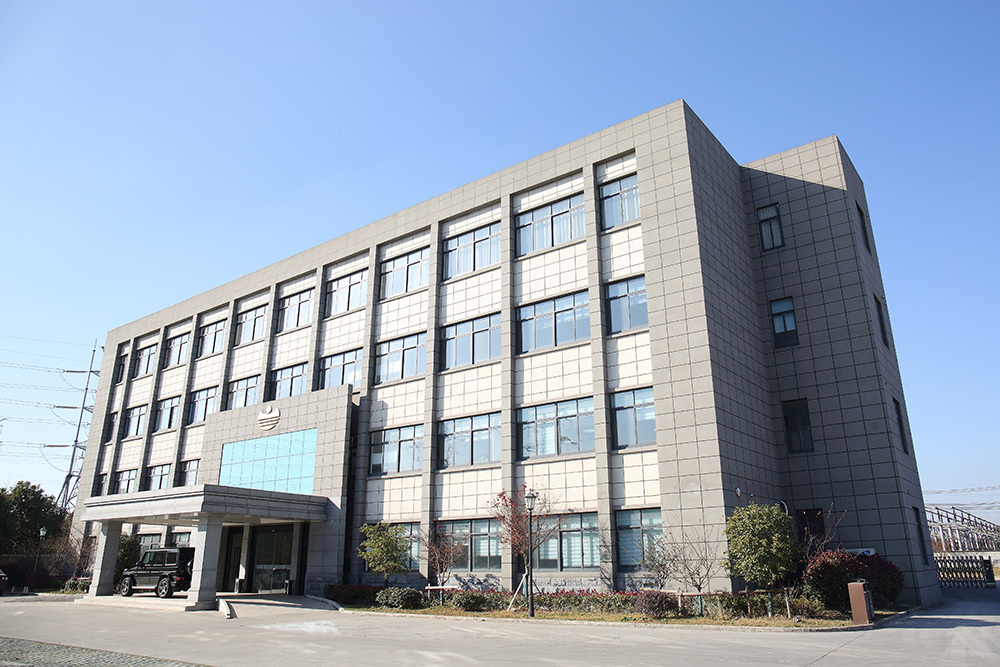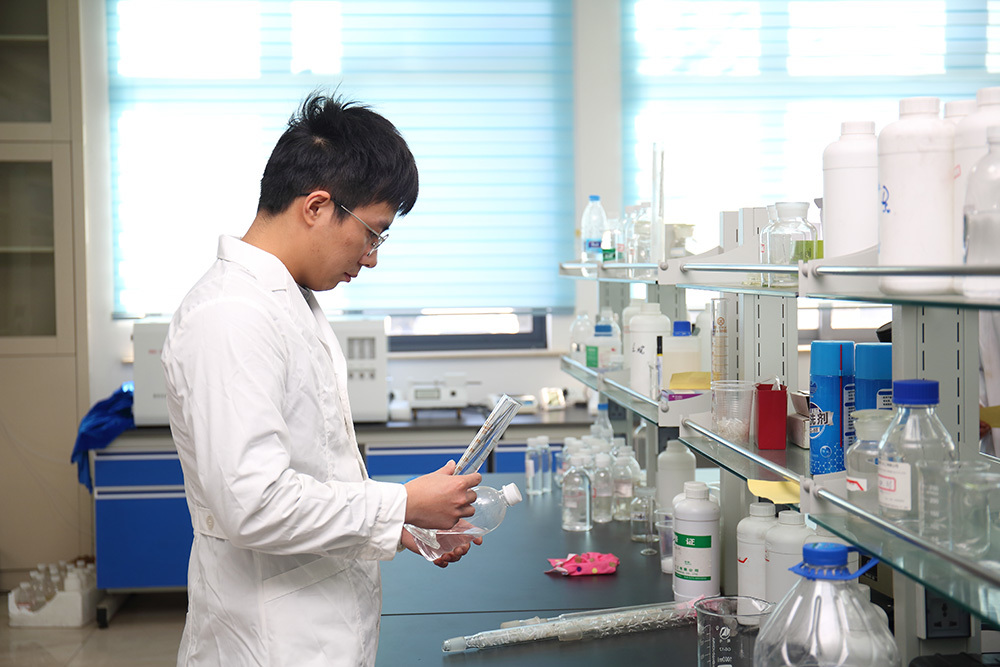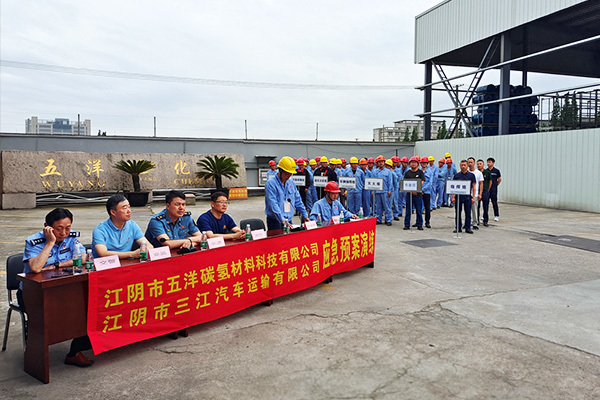PRODUCTS
+
Category:
Key words: Refined Alkane Solvents / Industrial Cleaning solvents / Dearomatized solvents / Petroleum Ether / Aromatic Solvents
Sufficient Stock Available
FEEDBACK产品详情
产品包装

Related Products
CONTACT
Address: No. 85 Zhuhuang Road, Zhutang Town, Jiangyin City, Jiangsu Province, China
National Advisory Hotline: 86-13584124188
Ann Kong: 86-15861656221
Susan Xu: 86-13771200292
Tech Support: 86-13606160736
Fax: 86-510-86392999
E-mail: susansaleswuyang@sina.com

WeChat public account
Copyright © 2022 Jiangyin Wuyang Hydrocarbon Technology Co., Ltd.



